Steam boilers are the heart of industrial operations, supplying process steam for power generation, manufacturing, food processing, and other industries. However, lack of proper maintenance can lead to reduced efficiency, higher fuel consumption, unplanned shutdowns, and even catastrophic failures. Many operators focus only on running the boiler without following structured maintenance routines, which shortens equipment lifespan and increases risks.
Daily and periodic maintenance of steam boilers involves systematic inspections, cleaning, testing, and adjustments to ensure safe and efficient operation. Daily tasks include checking water levels, pressure, temperature, and monitoring for leaks or abnormal noises. Periodic tasks include blowdown operations, burner tuning, water treatment checks, safety valve testing, and thorough inspections of tubes, refractory, and control systems. These practices help prevent breakdowns, ensure compliance with safety standards, and extend boiler service life.
By following a comprehensive maintenance schedule, operators can ensure maximum uptime, efficiency, and safety.
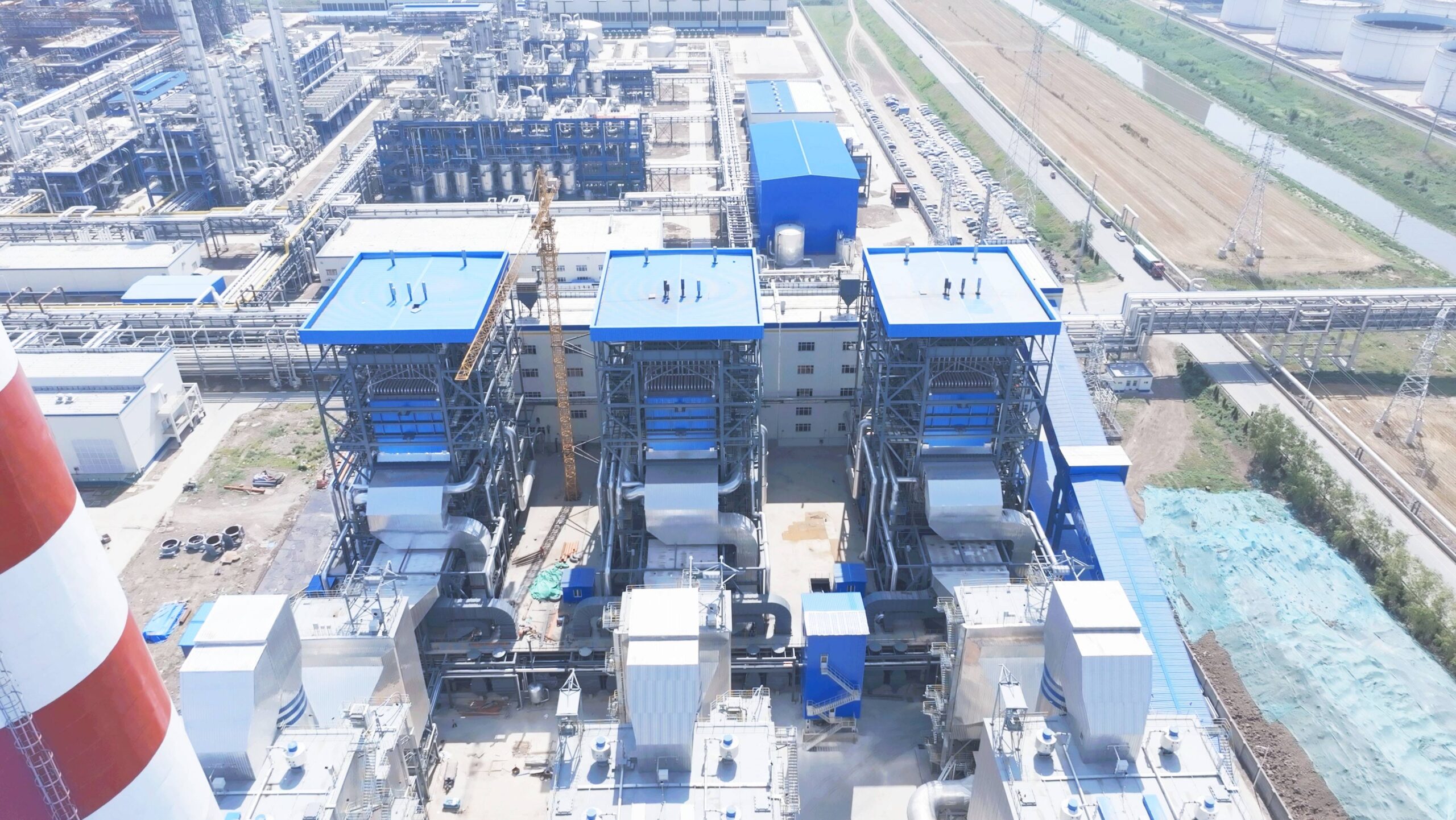
What Are the Essential Daily Checks and Logbook Practices for Steam Boiler Operators?
Operating an industrial steam boiler safely and efficiently depends on the operator’s vigilance every single day. Small issues left unchecked can escalate into unsafe conditions, higher fuel bills, or even costly breakdowns. A disciplined routine of daily inspections and proper logbook recording is the cornerstone of reliable boiler management.
The essential daily checks and logbook practices for steam boiler operators include monitoring water level and feedwater system, checking fuel and combustion settings, inspecting pressure and temperature readings, verifying safety devices, observing blowdown and water quality, and recording all data in a logbook. These practices ensure early detection of problems, maintain warranty compliance, and support safe, efficient operation.
🔹 Key Daily Checks for Operators
Water Level & Gauge Glass – Confirm water level is within safe range; low water can cause serious damage.
Pressure & Temperature Readings – Ensure steam pressure and operating temperatures match design values.
Feedwater System – Check pump operation, make-up water supply, and deaerator levels.
Fuel System & Combustion – Inspect burners for proper flame, verify fuel pressure, and look for leaks.
Safety Devices – Test low-water cutoffs, alarms, and interlocks if required by schedule.
Blowdown – Perform surface and bottom blowdown (as prescribed) to control TDS and sludge.
Leaks & Noises – Walk around the unit to check for unusual sounds, vibrations, or steam/water leaks.
🔹 Logbook Practices
A boiler logbook is not just paperwork—it’s a legal and technical record that can prevent failures.
Operators should record:
Date and time of inspection
Water level readings
Steam pressure and temperature
Feedwater temperature and pump status
Fuel consumption or meter readings
Blowdown performed (time/amount)
Any abnormalities or corrective actions taken
📊 Example Daily Boiler Log Entry:
| Date/Time | Water Level | Pressure (bar) | Temp (°C) | Feedwater Pump | Blowdown Done? | Remarks |
|---|---|---|---|---|---|---|
| 21-Aug 08:00 | Normal | 10.2 | 182 | Running | Yes | Flame steady, no leaks |
| 21-Aug 16:00 | Normal | 10.0 | 181 | Running | No | Slight vibration on pump motor |
🔹 Why These Practices Matter
Prevents Dangerous Incidents – Early detection of low-water or high-pressure issues.
Improves Efficiency – Stable readings and clean operation reduce fuel waste.
Supports Warranty & Compliance – Many suppliers require logbook records for claim validation.
Builds Predictive Maintenance Data – Patterns in readings can help schedule repairs before breakdowns.
✅ In short: Daily checks keep the boiler safe, and the logbook turns those checks into a history that protects both people and equipment.
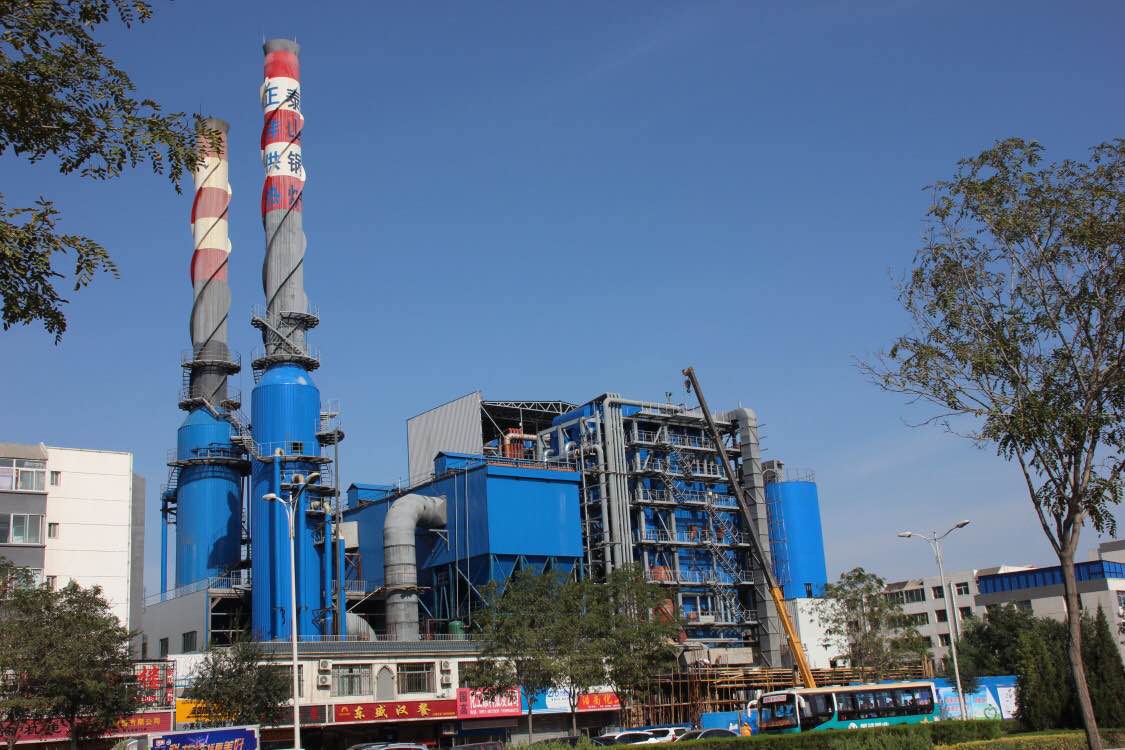
How Should Blowdown Procedures Be Performed to Maintain Water Quality and Efficiency?
Blowdown is one of the most important daily practices for steam boiler operators. It removes impurities, dissolved solids, and sludge from the boiler water. If done incorrectly, it can waste energy, shorten boiler life, or even compromise safety.
Blowdown procedures should be performed in a controlled and scheduled manner, balancing water quality with energy efficiency. Operators typically use two methods—surface blowdown (continuous or frequent) to control dissolved solids, and bottom blowdown (intermittent) to remove sludge and sediment.
🔹 Types of Blowdown and How to Perform Them
Surface Blowdown (TDS Control)
Purpose: Removes dissolved solids (measured as Total Dissolved Solids, TDS) that concentrate in the boiler water.
Method:
Open the surface blowdown valve slightly while monitoring TDS or conductivity.
Adjust frequency or valve opening based on water test results.
Often automated with continuous control valves.
Frequency: Continuous or several times a day, depending on water quality.
Bottom Blowdown (Sludge Removal)
Purpose: Removes heavier solids, scale-forming particles, and sludge that settle at the bottom of the boiler drum.
Method:
Open the bottom blowdown valve slowly and for a short duration (a few seconds to one minute).
Always check sight glass and pressure before starting.
Never leave the valve unattended.
Frequency: Usually once per shift or daily, depending on water chemistry.
🔹 Best Practices for Efficient Blowdown
Follow a schedule – Base frequency on boiler load, feedwater quality, and water test results.
Don’t over-blowdown – Too much blowdown wastes heat, fuel, and chemicals.
Use automatic systems – Continuous surface blowdown controllers help maintain consistent water chemistry.
Perform after load changes – Blowdown after significant load swings to stabilize water chemistry.
Safety first – Operators must wear protective gear; never stand directly over blowdown discharge lines.
🔹 Benefits of Proper Blowdown
Maintains water quality → Prevents scale, foaming, and carryover.
Improves heat transfer → Clean tubes mean lower fuel consumption.
Protects boiler surfaces → Minimizes corrosion and deposits.
Saves energy & water → Optimized blowdown reduces wasted hot water and chemicals.
✅ In summary: Blowdown is not just draining water—it’s a precision practice. Controlled surface blowdown keeps dissolved solids in check, while bottom blowdown removes sludge. Done correctly, it safeguards efficiency, water quality, and boiler longevity.
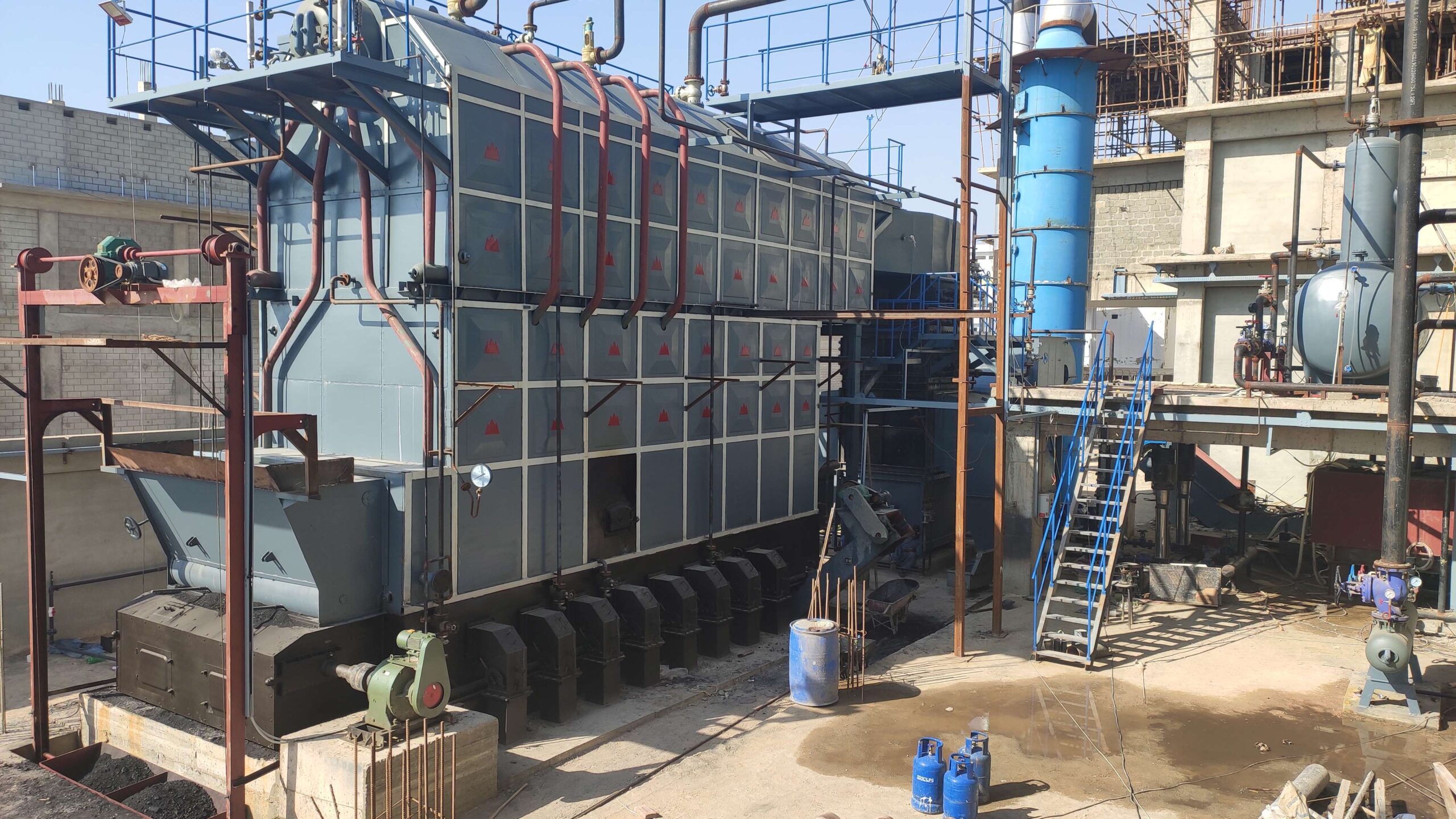
What Are the Key Weekly and Monthly Maintenance Tasks for Steam Boilers?
Steam boilers require more than daily checks—weekly and monthly maintenance tasks help operators catch issues that aren’t visible in routine monitoring. These tasks improve safety, prevent breakdowns, and sustain efficiency.
🔹 Weekly Maintenance Tasks
Test Low-Water Cutoff (LWCO):
Drain the water column or test connection to ensure the device shuts down the burner at low water.Check Water Level Gauge Glass:
Clean and blow through gauge glass to confirm accurate readings.Inspect Safety Valves (Visually):
Ensure valves are free from leaks and properly sealed.Test Burner Flame Safeguards:
Confirm flame detection systems work correctly during startup/shutdown.Blowdown Water Column & Level Controls:
Prevent sludge buildup in float chambers or probes.Review Logbook for Abnormal Trends:
Look for unusual shifts in pressure, temperature, or fuel use.
🔹 Monthly Maintenance Tasks
Inspect Combustion & Air Systems:
Check burner registers, fans, and air dampers for dirt or misalignment.Check Safety Valve Settings (Functional Test if Required):
Verify pressure relief at design setpoint.Inspect Fuel Filters & Strainers:
Clean or replace filters to maintain proper fuel supply.Examine Electrical Connections & Controls:
Tighten terminals, look for overheating or wear.Test Boiler Blowdown Valves:
Ensure they open/close smoothly without leaks.Inspect Insulation & Hot Surfaces:
Look for damaged insulation that can waste energy.Sample Water & Adjust Treatment:
Work with water treatment provider to ensure proper chemistry.
✅ In summary:
Weekly tasks focus on safety devices and water control.
Monthly tasks emphasize combustion, fuel, and mechanical systems.
Together, they help operators prevent unsafe conditions, extend boiler life, and improve fuel efficiency.

How Often Should Safety Valves, Gauges, and Control Systems Be Tested and Calibrated?
Safe and efficient steam boiler operation depends on regular testing and calibration of key safety and control devices. Neglecting these checks can lead to unsafe pressure buildup, inaccurate readings, or poor combustion efficiency—all of which risk downtime or accidents.
🔹 Recommended Testing & Calibration Frequency
| Component | Test/Calibration Interval | Purpose |
|---|---|---|
| Safety Valves | Functional test monthly; full calibration & lift test annually (or per local code) | Ensures valves open at set pressure and reseat properly |
| Pressure Gauges | Check against master gauge quarterly; calibrate annually | Prevents false readings that could mask unsafe conditions |
| Temperature Gauges | Verify accuracy quarterly; calibrate annually | Maintains correct heat transfer and process control |
| Low-Water Cutoff (LWCO) | Blowdown test weekly; full inspection & calibration annually | Prevents dry-firing damage |
| Flame Detection & Burner Controls | Functional test weekly; calibration semi-annually | Ensures safe ignition and flame stability |
| Combustion Control Systems | Tune & calibrate quarterly to semi-annually | Optimizes fuel-air ratio for efficiency and emissions |
| Pressure/Temperature Limit Controls | Functional test monthly; calibration annually | Prevents unsafe overpressure or overheating |
🔹 Key Notes for Operators
Follow local codes (e.g., ASME, NBIC, or jurisdiction rules), as they may require more frequent inspections.
Document all tests in the boiler logbook for warranty and compliance.
Engage certified technicians for annual calibration of safety-critical devices.
Use redundancy checks: compare multiple gauges or sensors to catch discrepancies early.
✅ In short:
Weekly to monthly functional tests keep safety devices responsive.
Quarterly to annual calibration ensures accuracy and compliance.
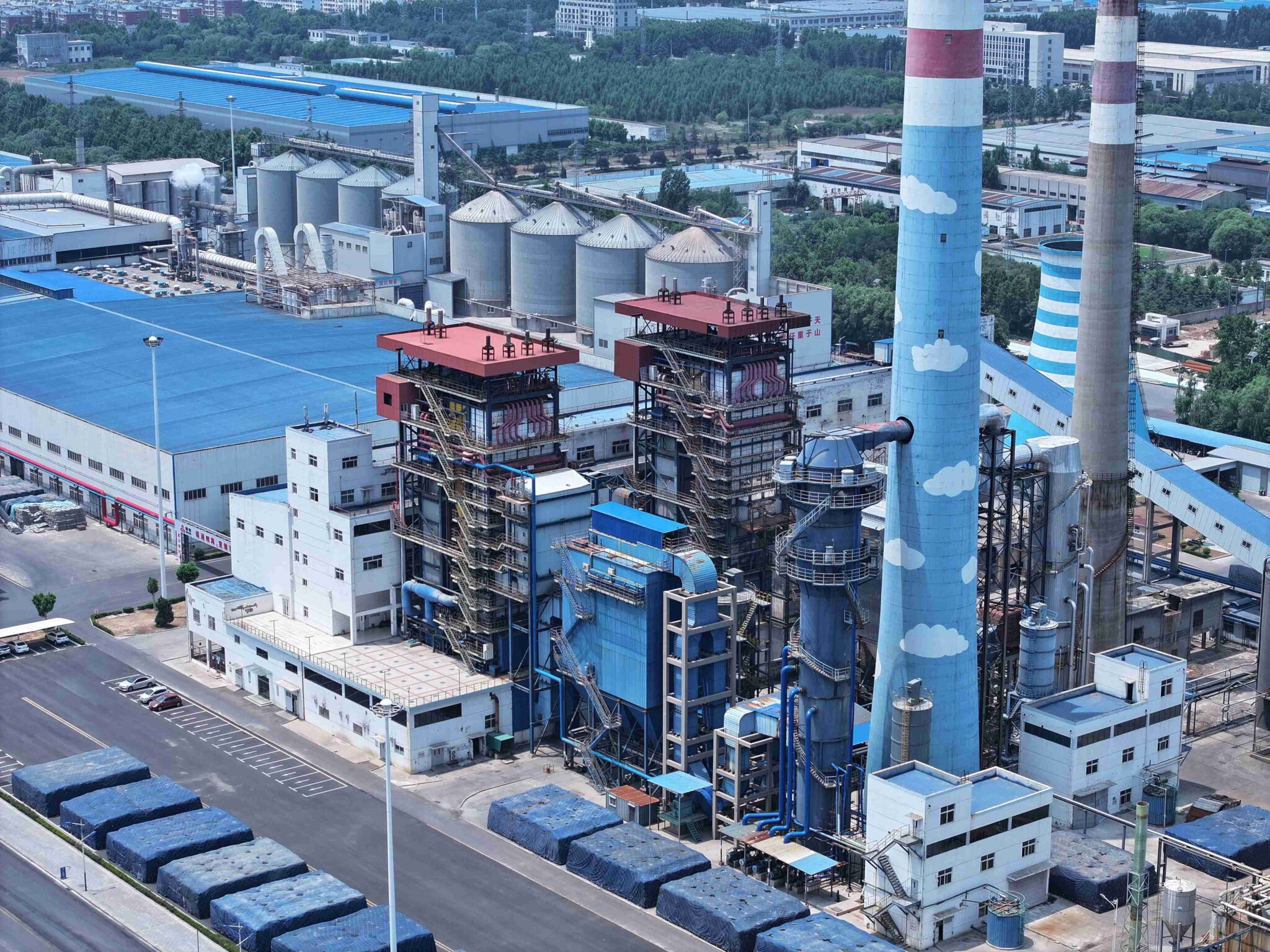
What Periodic Inspections Are Required for Boiler Tubes, Refractory, and Insulation?
Boiler tubes, refractory, and insulation are critical for efficiency, reliability, and safety. If they are not inspected regularly, hidden deterioration can lead to tube leaks, unplanned shutdowns, refractory collapse, or severe heat loss. These problems often increase fuel costs and risk catastrophic failures. By scheduling systematic inspections, facilities can detect wear early, extend boiler life, and comply with safety codes.
🔹 Recommended Inspection Frequency
| Component | Inspection Interval | What to Check |
|---|---|---|
| Boiler Tubes (water- & fire-tube) | Quarterly visual inspection (internal/external); annual NDT (ultrasonic thickness, dye penetrant, or magnetic particle test) | Scale buildup, pitting, erosion, corrosion, tube alignment, cracks |
| Refractory (furnace lining, burner tile, door seals) | Semi-annual inspection; after any major shutdown or overheat event | Cracks, spalling, loss of adhesion, hotspots, deformation |
| Insulation (boiler casing, steam lines, valves) | Quarterly walk-down check; detailed annual thermal imaging | Damaged/missing lagging, wet spots (from leaks), insulation aging, heat loss points |
🔹 Key Inspection Notes
Boiler Tubes: Scaling as thin as 1 mm can increase fuel consumption by 2–3%. Early ultrasonic testing helps predict replacement needs.
Refractory: Even small cracks can expand quickly under thermal cycling, causing energy loss or flame impingement on tubes.
Insulation: Wet or degraded insulation not only wastes energy but may accelerate corrosion under insulation (CUI).
Boiler tubes only need inspection when leaks are suspected.False
Industry codes and best practice require routine tube inspections to prevent sudden failures, not just reactive checks.
Refractory and insulation do not affect boiler efficiency.False
Damaged refractory leads to heat loss and tube overheating, while poor insulation increases operating costs.
🔹 Practical Tips for Operators
Schedule tube inspections during planned outages and use boroscopes for internal tube checks.
Keep detailed records of refractory repairs to track recurring weak points.
Use infrared thermography during operation to spot insulation damage without shutting down.
Partner with certified inspectors to comply with ASME/NBIC standards for annual examinations.
✅ In summary:
Boiler tubes → quarterly checks + annual NDT
Refractory → semi-annual and after major events
Insulation → quarterly visual + annual thermal imaging
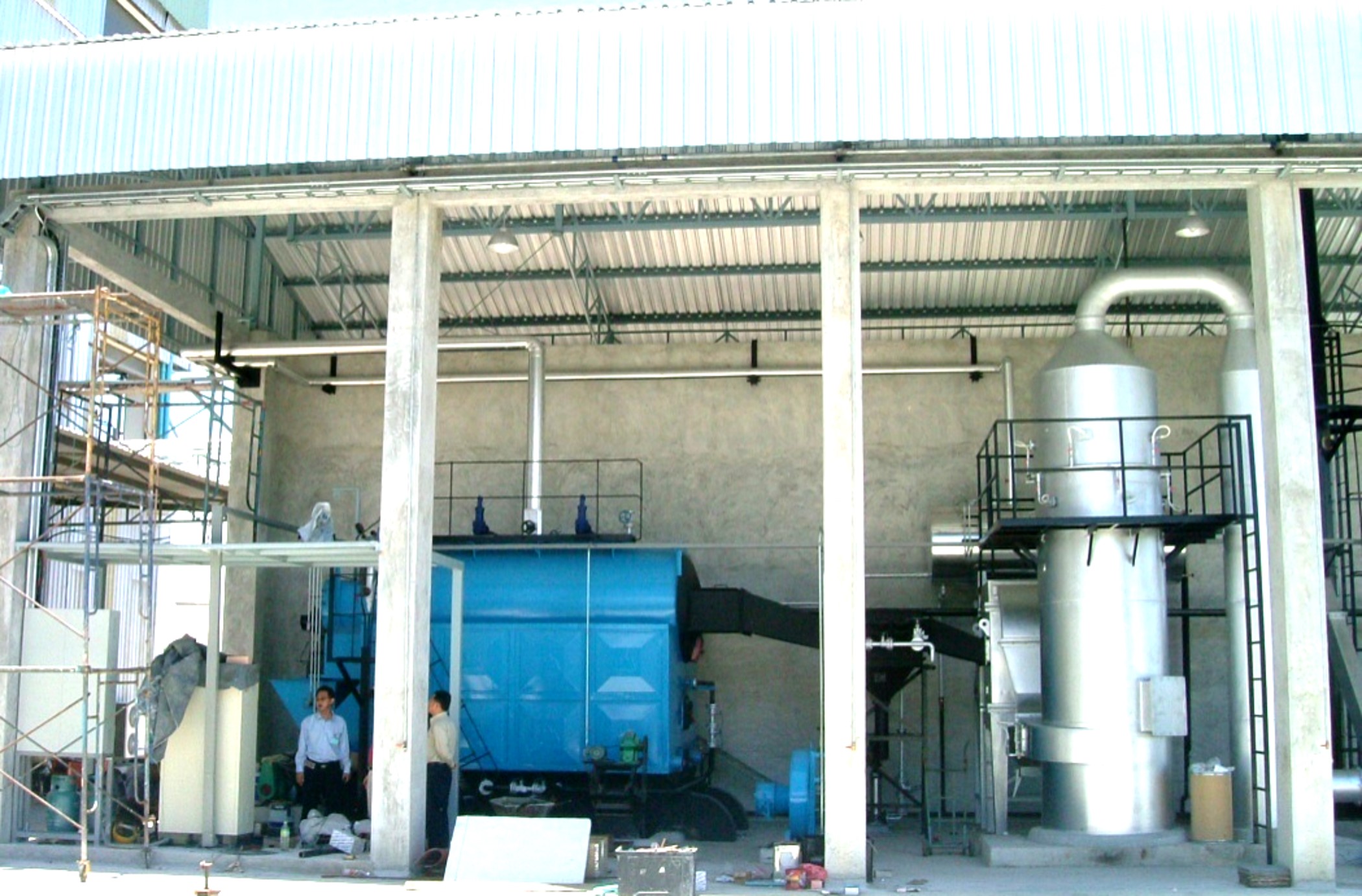
How Can Water Treatment Programs Prevent Scaling, Corrosion, and Efficiency Losses?
Water quality is one of the biggest factors in boiler efficiency and lifespan. Poorly treated water causes scale, corrosion, and carryover, which reduce heat transfer, waste fuel, and shorten equipment life. A proper water treatment program is essential to keep the boiler running safely and efficiently.
🔹 How Water Treatment Protects Boilers
| Problem | Cause | Impact | Treatment Method |
|---|---|---|---|
| Scaling | Calcium, magnesium, silica deposits | Reduced heat transfer, higher fuel use, tube overheating | Softening, demineralization, phosphate treatment, antiscalants |
| Corrosion | Oxygen, low pH, dissolved salts | Tube pitting, leaks, system failure | Oxygen scavengers (e.g., sulfite), pH control, filming amines |
| Efficiency Losses | Carryover of solids with steam, dirty surfaces | Wet steam, turbine damage, pressure drops | Proper blowdown, internal chemical treatment, deaeration |
🔹 Key Elements of a Good Program
Pretreatment → remove hardness and oxygen before water enters the boiler.
Internal chemical treatment → control scale and corrosion inside the boiler drum.
Blowdown management → remove dissolved solids without wasting too much heat.
Monitoring & testing → check pH, conductivity, and oxygen levels regularly.
✅ In summary:
A strong water treatment program prevents scale, stops corrosion, and improves fuel efficiency, directly lowering operating costs and extending boiler life.
🔍 Conclusion
Proper daily and periodic maintenance is the foundation of safe and efficient steam boiler operation. By combining routine operator checks with scheduled professional inspections, businesses can achieve longer equipment life, reduced fuel costs, and higher reliability.
📞 Contact Us
💡 Need a tailored maintenance program for your steam boiler? We offer operator training, maintenance contracts, spare parts supply, and inspection services to keep your boiler running at peak performance.
🔹 Contact us today to optimize your boiler maintenance and avoid costly downtime. 🛠️🔥✅
FAQ
What daily maintenance is required for a steam boiler?
Daily maintenance ensures safe operation and early detection of issues:
Check water level – Verify proper operation of feedwater system.
Blowdown water column & gauge glass – Prevents sediment accumulation.
Monitor pressure & temperature readings – Ensure they remain within safe limits.
Inspect burner flame – Look for stable, blue flame (yellow flame indicates poor combustion).
Check for leaks or unusual noises – Inspect joints, valves, and piping for wear.
Test safety devices – Ensure low-water cutoff and pressure relief valves are functional.
What weekly or periodic maintenance should be performed?
Weekly/periodic checks focus on deeper inspection:
Blowdown boiler – Remove sludge and sediment to maintain efficiency.
Test water treatment system – Prevents scale and corrosion.
Inspect combustion air filters – Clean or replace as needed.
Check flame safeguard control – Ensure automatic shutdown functions properly.
Lubricate moving parts – Pumps, fans, and motors require regular greasing.
What monthly or quarterly boiler maintenance is necessary?
Every month or quarter:
Check burner combustion efficiency – Adjust air-to-fuel ratio for optimal performance.
Inspect refractory & insulation – Repair cracks or damaged lining.
Clean tubes & heat exchanger surfaces – Prevent soot buildup that reduces efficiency.
Review log sheets – Identify trends in performance that may indicate hidden issues.
What annual maintenance is recommended for steam boilers?
Annual service should be done by certified technicians:
Internal inspection – Open boiler and check for corrosion, scaling, or wear.
Hydrostatic test – Ensures structural integrity.
Replace gaskets and seals – Prevents future leaks.
Calibrate controls and safety devices – Guarantee compliance with safety codes.
Overhaul feedwater and fuel system – Pumps, valves, and burners may need replacement.
Why is steam boiler maintenance important?
Regular maintenance provides key benefits:
Safety – Prevents dangerous failures like explosions or fires.
Efficiency – Reduces fuel consumption by up to 15%.
Longevity – Extends boiler lifespan by 10–15 years.
Compliance – Meets OSHA, ASME, and local regulatory standards.
Cost savings – Prevents expensive emergency repairs and downtime.
References
ASME – Boiler Inspection & Maintenance Standards – https://www.asme.org
DOE – Boiler Efficiency & Maintenance Guide – https://www.energy.gov
Spirax Sarco – Steam Boiler Maintenance Best Practices – https://www.spiraxsarco.com
Forbes Marshall – Boiler Maintenance Checklist – https://www.forbesmarshall.com
National Board of Boiler Inspectors – Inspection Guidelines – https://www.nationalboard.org
Babcock & Wilcox – Boiler Maintenance Planning – https://www.babcock.com
Cleaver-Brooks – Boiler Maintenance Programs – https://www.cleaverbrooks.com
Engineering Toolbox – Boiler Blowdown & Water Quality – https://www.engineeringtoolbox.com
ResearchGate – Impact of Boiler Maintenance on Efficiency – https://www.researchgate.net
Safety4Sea – Boiler Safety & Maintenance Checklist – https://www.safety4sea.com

